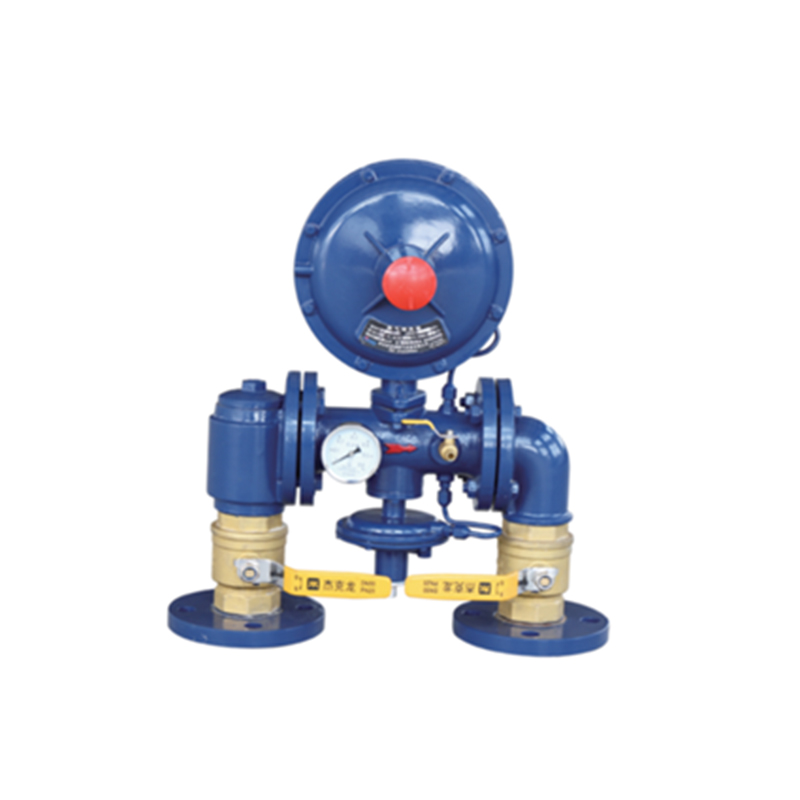
Dec . 10, 2024 20:01
Back to list
Gas Pressure Regulator Valve for Efficient Flow Control and Safety Management
Gas Pressure Regulator A Comprehensive Overview
A gas pressure regulator is an essential device used in various industries to maintain the desired pressure of gases within a system. It plays a crucial role in ensuring the safety and efficiency of gas usage, whether in residential heating systems, industrial processes, or even in medical applications. Understanding the functions, types, and applications of gas pressure regulators can help users select the right device for their specific needs.
Functionality
At its core, a gas pressure regulator works by reducing the higher inlet pressure of gas to a lower, more usable outlet pressure. When gas enters the regulator, it flows through a diaphragm that is balanced against a spring. As the gas pressure increases, it causes the diaphragm to move, which in turn adjusts the size of the outlet orifice. This action ensures that the output pressure remains steady, regardless of fluctuations in the inlet pressure or changes in gas flow demand.
The ability to regulate pressure effectively is vital for many applications, preventing over-pressurization that can lead to equipment failures or hazardous situations. For example, in industrial settings, having a consistent pressure level can enhance the performance of gas-powered machines, while in residential heating systems, it ensures safety for gas appliances.
Types of Gas Pressure Regulators
.
1. Single-Stage Regulators These regulators are typically used in low-pressure systems. They provide a direct and simple mechanism for reducing pressure, making them suitable for applications where there is a stable inlet pressure.
صمام منظم ضغط الغاز

2. Two-Stage Regulators These are more complex devices that offer better regulation for systems with variable inlet pressures. They first reduce the pressure to an intermediate level before bringing it down to the final outlet pressure. This two-step process enhances the accuracy of pressure control, making them ideal for sensitive applications.
3. High-Pressure Regulators Designed to handle higher inlet pressures, these regulators can effectively manage gas flow in industrial applications where pressures can exceed normal levels.
4. Specialized Regulators Some regulators are designed for specific gases or applications, such as medical-grade oxygen regulators or propane regulators for grilling.
Applications
Gas pressure regulators find applications across a wide range of industries, including
- Residential Heating Used in gas boilers and furnaces to ensure safe and efficient operation. - Manufacturing In processes that require precise gas flows, such as welding and chemical processing. - Food and Beverage Essential for maintaining gas pressures in brewing and food preparation systems. - Medical For supplying gases in hospitals and clinics, where maintaining specific pressures is vital for patient safety.
Conclusion
In conclusion, gas pressure regulators are vital components that ensure the safe and efficient use of gas in numerous applications. Their ability to regulate pressure accurately protects equipment and enhances performance across various industries. By understanding the different types of regulators available, users can select the appropriate device to meet their specific requirements, ultimately contributing to safer and more reliable gas usage. As technology advances, we can expect even more sophisticated regulators to emerge, further enhancing safety and efficiency in gas management.
Latest news
-
Safety Valve Spring-Loaded Design Overpressure ProtectionNewsJul.25,2025
-
Precision Voltage Regulator AC5 Accuracy Grade PerformanceNewsJul.25,2025
-
Natural Gas Pressure Regulating Skid Industrial Pipeline ApplicationsNewsJul.25,2025
-
Natural Gas Filter Stainless Steel Mesh Element DesignNewsJul.25,2025
-
Gas Pressure Regulator Valve Direct-Acting Spring-Loaded DesignNewsJul.25,2025
-
Decompression Equipment Multi-Stage Heat Exchange System DesignNewsJul.25,2025

